Looking for:
– Teams machine wide installer cest quoi

If you’re trying to reinstall Microsoft Teams, an installation error might be the result of a currently Is Teams machine wide installer a virus? Free team machine wild installer download software at UpdateStar – installer c’est quoi;» team machin wild installer;» team machine wide installer.
– Teams machine wide installer cest quoi
Jul 11, · The Teams MSI places an installer in %SystemDrive%\Program Files\Teams Installer on bit Windows and %SystemDrive%\Program Files (x86)\Teams Installer on bit Windows. Whenever a user signs into a new Windows user profile, the installer is launched and a copy of the Teams app is installed in that user’s %LocalAppData%\Microsoft\Teams folder. Oct 04, · To circumvent this issue, I scripted an installer with the PowerShell Application Toolkit. The script removes the Teams Machine-Wide Installer and then attempts to remove it again using the Execute-ProcessAsUser. Once everythign is removed, it re-runs the Teams Machine-Wide Installer as System. This is the answer Machine Wide Installer is responsible for installing a copy of Teams to a user profile whenever a new user logs into the computer. The other Microsoft Teams is the install for the current profile only. If you uninstall it, the user-specific Teams will stop working. Don’t know why, but if you then reinstall Teams, the.
– Free team machine wild installer Download – team machine wild installer for Windows
Make sure that you back up the registry before you modify it and that you know how to restore the registry if a problem occurs. For more information about how to back up, restore, and modify the registry, see Windows registry information for advanced users.
You can also use our Teams deployment clean up script to complete steps 1 and 2. The default behavior of the MSI is to install the Teams app as soon as a user signs in and then automatically start Teams. If you don’t want Teams to start automatically for users after it’s installed, you can use Group Policy to set a policy setting or disable auto launch for the MSI installer.
Enable the Prevent Microsoft Teams from starting automatically after installation Group Policy setting. This is the recommended method because you can turn off or turn on the policy setting according to your organization’s needs. When you enable this policy setting before Teams is installed, Teams doesn’t start automatically when users log in to Windows.
After a user signs in to Teams for the first time, Teams starts automatically the next time the user logs in. To learn more, see Use Group Policy to prevent Teams from starting automatically after installation. If you’ve already deployed Teams and want to set this policy to disable Teams autostart, first set the Group Policy setting to the value you want, and then run the Teams autostart reset script on a per-user basis. Teams won’t start until the user manually starts Teams.
After the user manually starts Teams, Teams automatically starts whenever the user logs in. All users can then uninstall Teams if they have admin credentials on the computer. If you run the MSI manually, be sure to run it with elevated permissions.
Even if you run it as an administrator, without running it with elevated permissions, the installer won’t be able to configure the option to disable auto start. Skip to main content. This browser is no longer supported. Download Microsoft Edge More info. Table of contents Exit focus mode. Table of contents. Tip Watch the following session to learn about the benefits of the Windows Desktop Client, how to plan for it and how to deploy it: Teams Windows Desktop Client.
Note Teams can also be distributed to your organization as part of Microsoft Apps for enterprise. Important Install the bit version of Teams only on bit operating systems. Important We don’t recommended that you change the default install locations as this could break the update flow. Important The next steps contain information about how to modify the registry. Tip You can also use our Teams deployment clean up script to complete steps 1 and 2.
Products 68 Special Topics 42 Video Hub Most Active Hubs Microsoft Teams. Security, Compliance and Identity. Microsoft Edge Insider. Microsoft FastTrack. Microsoft Viva. Core Infrastructure and Security. Education Sector. Microsoft PnP. AI and Machine Learning. Microsoft Mechanics.
Healthcare and Life Sciences. Small and Medium Business. Internet of Things IoT. Azure Partner Community. Microsoft Tech Talks. MVP Award Program. Video Hub Azure. Microsoft Business. Microsoft Enterprise. Browse All Community Hubs. Turn on suggestions. Auto-suggest helps you quickly narrow down your search results by suggesting possible matches as you type. Showing results for. Show only Search instead for. Did you mean:. Sign In. Super Contributor.
Labels: Labels: Microsoft Teams. I’m wondering this very thing. I just ran into an issue with Microsoft Teams not auto-installing for new logins after upgrading Windows 10 to 20H2.
I found a post about a registry key having to be re-written post upgrade. I’m curious if having a newer machine-wide installer would have combated this without having to perform registry modifications. Is there anything unique that would cause issues if one were to re-deploy the latest MSI of the machine-wide installer out to machines which were detected with having it already installed? I feel like creating a application for such in ConfigMgr to attempt.
It’s funny, I can’t find much on this topic David Phillips. We have a Premier case open on this one.
